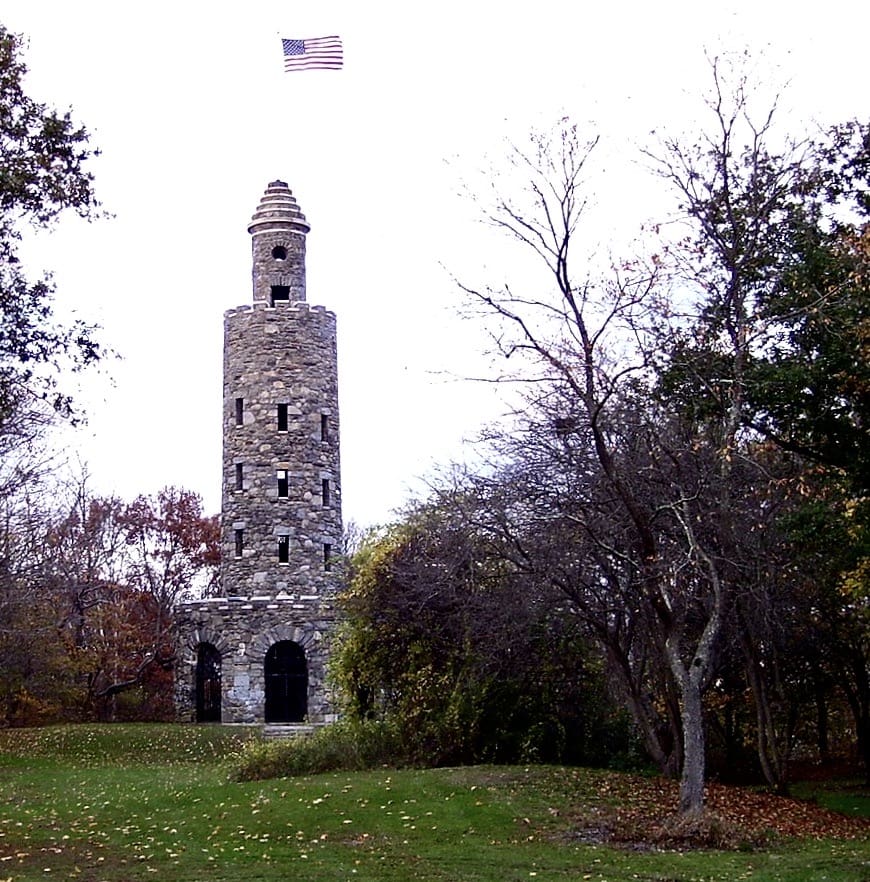Search Posts
Recent Posts
- Vinny Paz to be inducted TODAY into the International Boxing Hall of Fame – CES Boxing June 7, 2025
- In the News… quick recap of the week’s news (6.7.25) June 7, 2025
- Burn with Kearns: Strong without the spend: How scraps became strength tools – Kevin Kearns June 7, 2025
- Rhode Island Weather for June 7, 2025 – Jack Donnelly June 7, 2025
- How to advocate for threatened properties: The Heritage Alliance of Pawtucket June 7, 2025
Categories
Subscribe!
Thanks for subscribing! Please check your email for further instructions.

To Do in RI: The once-a-year opportunity, Newport opens Miantonomi Park Tower
Newport residents and visitors are once again being invited to climb to the top of Newport as the Miantonomi Park Tower opens to the public on Monday, May 27th from 12:30 to 3 p.m. in observance of Memorial Day.
This event, which is organized by the City of Newport, the Miantonomi Park Commission, and the Aquidneck Land Trust, aims to recognize the historical significance of the tower as a memorial to the Veterans of World War I.
Completed in 1929; the 100-foot stone tower was designed by William Kendall of the renowned architectural firm McKim, Mead & White and stands atop one of the highest points in Newport. The Park Commission built the tower in 1929 as a World War I memorial. Miantonomi Memorial Park’s 30 acres became part of the Aquidneck Land Trust through an easement in 2005.On September 27, 2017, the Miantonomi Memorial Park Tower was named an official WWI Centennial memorial and will receives grant funds towards restoration and maintenance.
The Narragansett Indians used the area around the park for hundreds of years and the park (and the hill it is on) is named after Sachem, or Chief, Miantonomi. This hill was Miantonomi’s seat of power until it was purchased by English colonists in 1637. The settlers used the hill as a lookout and in 1667 built a beacon on the hill. During the American Revolutionary War fortifications were built on the hill, fragments of which still survive. In 1921, the City of Newport received the property from the local Stokes family.
Adults and families are welcome, but children must be accompanied by an adult. The interior stone steps, lead to a narrow metal staircase that ascends to the top observation deck.
Located on the highest point in Newport, views of Providence and Block Island are common on clear days.
The grounds that would become Miantonomi Memorial Park were used as picnic grounds throughout the nineteenth century, until 1881 when Anson Stokes purchased it for farmland. After Stokes’s passing in 1913, his wife Helen inherited the property. Around that time, the Newport Improvement Association commissioned Frederick Law Olmsted Jr. to prepare a plan for overall improvements for the city. Within Olmsted’s Newport Plan, he urged the city to acquire Stokes’s property for a park, called the Frederick Law Olmsted National Historic Site
Olmsted submitted his plan to Newark in January of 1921. It included a main gated park entrance and a drive leading from the main entrance to a second, gated entrance. Also included in Olmsted’s plan was parking spaces, playing fields, and a small children’s playground in a regraded lawn area.
